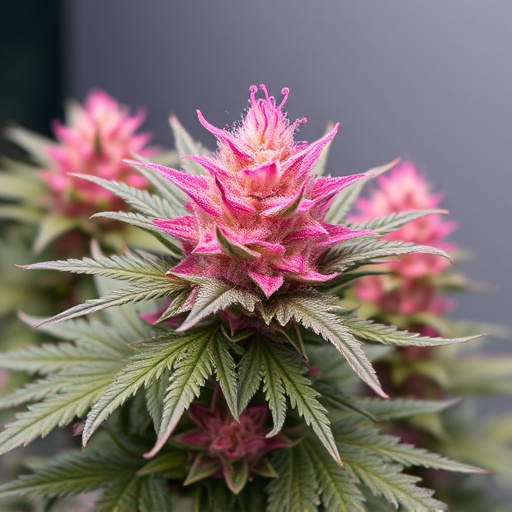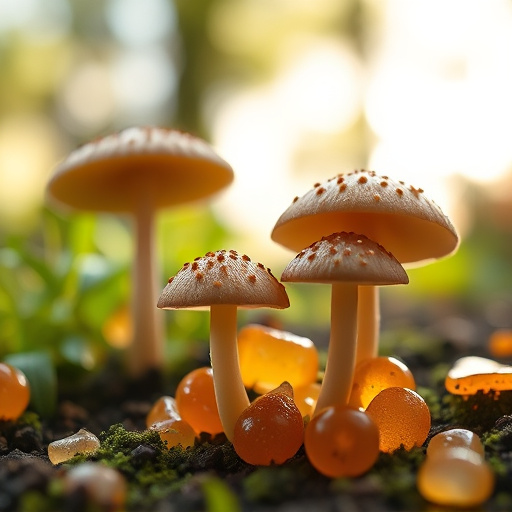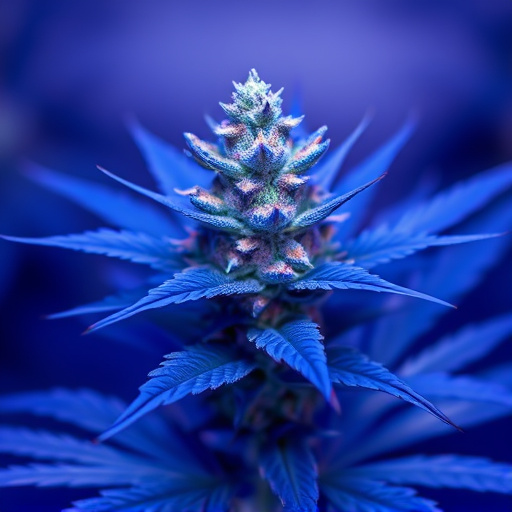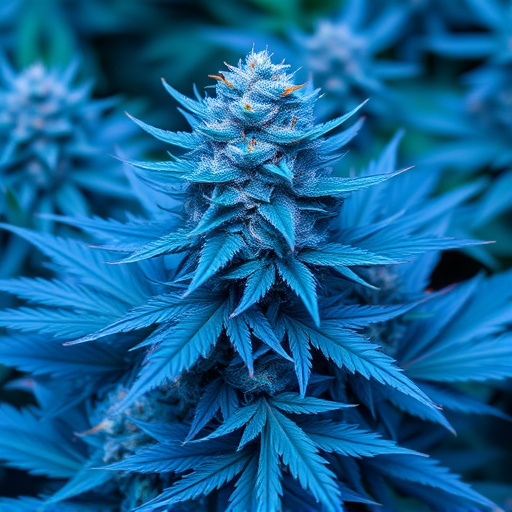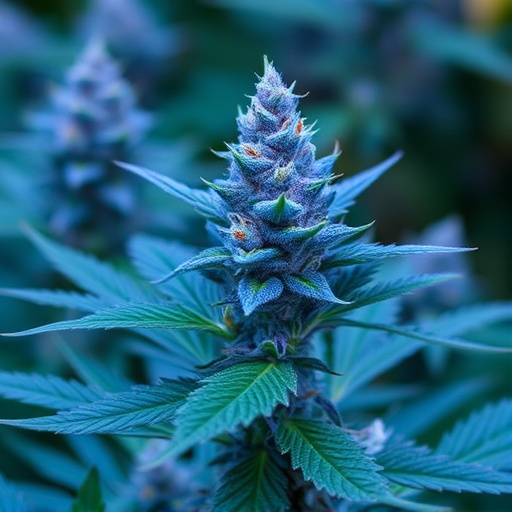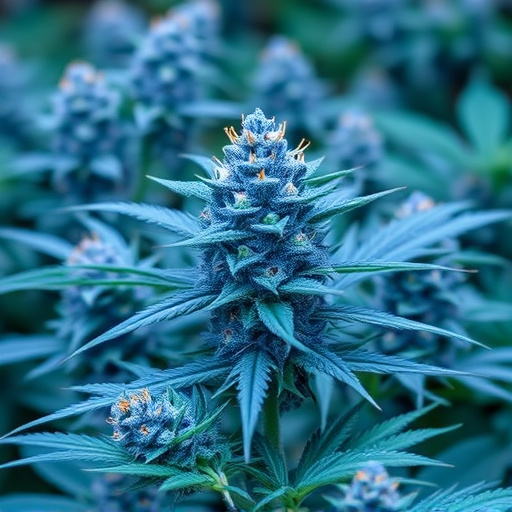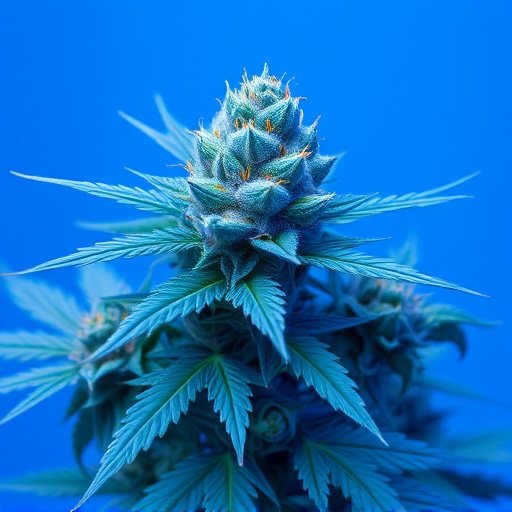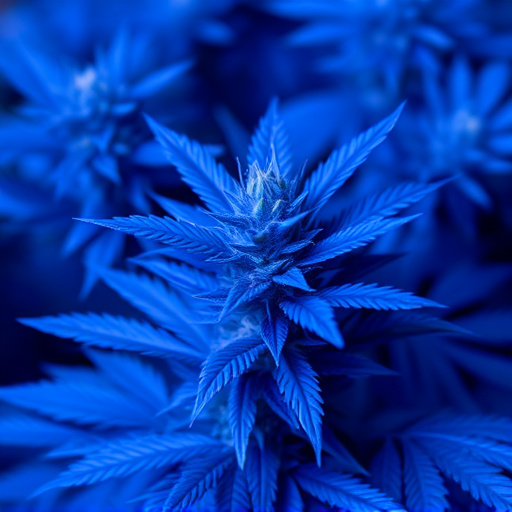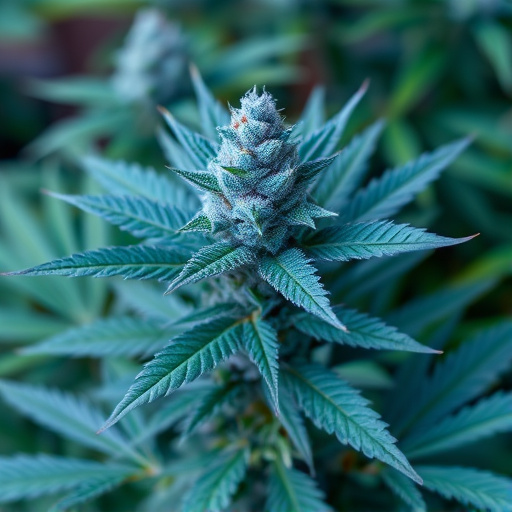Outdoor cultivation of blue cannabis strains offers numerous advantages, from increased efficiency of photosynthesis and enhanced terpene profiles to reduced energy and water consumption compared to indoor grows. This eco-friendly method harnesses natural sunlight, lowering electricity costs and promoting genetic diversity essential for breeders developing new hybrids. Outdoor growing provides a healthier environment, contributing to robust plant health and the cultivation of vibrant foliage and potent effects associated with blue cannabis strains.
“Uncover the ultimate battle: Outdoor vs. Indoor Weed Cultivation. In this comprehensive guide, we explore the advantages and drawbacks of each growing method, focusing on the enigmatic Blue Cannabis Strains. Discover why natural sunlight and fresh air might be the key to robust outdoor growth, or how controlled indoor environments offer year-round consistency. We delve into the unique traits of blue strains and their ideal cultivation settings, providing insights for both novice and seasoned growers.”
- Outdoor Growth Advantages
- – Environmental benefits of outdoor cultivation
- – Access to natural sunlight and fresh air
Outdoor Growth Advantages
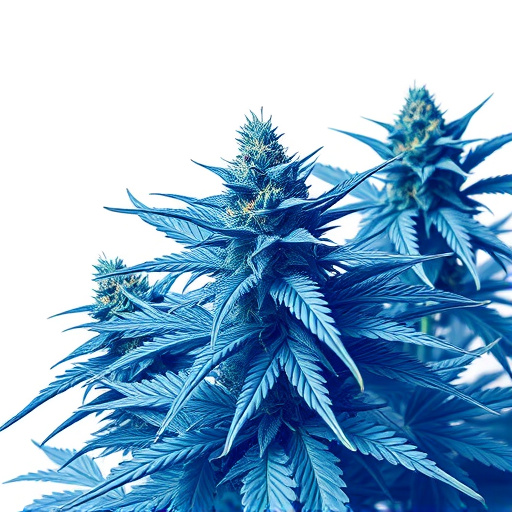
Outdoor cannabis cultivation offers several advantages, particularly for blue cannabis strains known for their therapeutic properties and unique flavors. First, exposure to natural sunlight allows plants to photosynthesize more efficiently, leading to enhanced growth rates and robust, vibrant foliage. This is especially beneficial for blue strains, which often boast rich terpene profiles that contribute to their distinct aromas and potential medicinal benefits.
Moreover, outdoor growing provides a dynamic environment that can foster diverse microclimates, encouraging plants to adapt and thrive. This adaptability can result in cannabis with more complex and nuanced characteristics. Additionally, fresh air circulation and exposure to beneficial insects and wildlife can naturally help control pests and diseases, reducing the need for chemical interventions often required in indoor settings.
– Environmental benefits of outdoor cultivation

Cultivating cannabis outdoors offers a plethora of environmental advantages, particularly for those who appreciate the natural world and sustainable practices. One of the most significant benefits is the reduction of energy consumption. Unlike indoor grows that rely on powerful lights and controlled climates, outdoor plants can harness sunlight, leading to lower electricity costs and less environmental impact. This eco-friendly approach also extends to water usage; outdoor cannabis tends to require less irrigation since it has access to natural rainfall, preserving this precious resource.
Moreover, outdoor cultivation allows for the growth of blue cannabis strains, known for their unique therapeutic properties and appealing aroma. These varieties thrive in sunlight, producing robust plants with potent effects. The fresh air and natural environment not only benefit the plants’ overall health but also contribute to the development of a more diverse and resilient strain. This diversity is crucial for breeders looking to create new hybrids and cater to a wide range of consumer preferences.
– Access to natural sunlight and fresh air
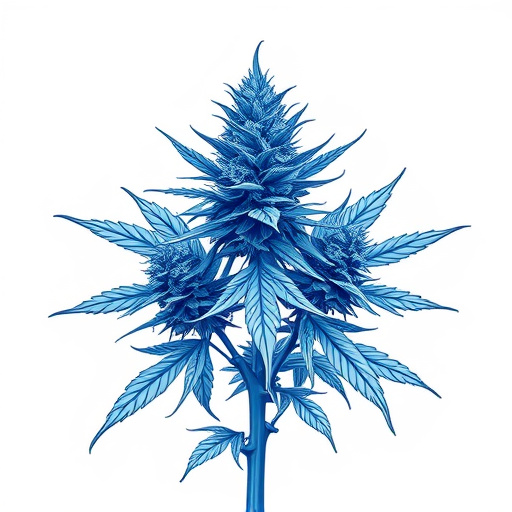
Growing cannabis outdoors offers a unique advantage—unlimited access to natural sunlight and fresh air, which are essential for healthy plant development. This is particularly beneficial for blue cannabis strains, known for their vibrant hues and potent effects. Sunlight triggers the photosynthesis process, enabling plants to absorb vital nutrients from the atmosphere. As a result, outdoor-grown cannabis often exhibits enhanced flavors, aromas, and therapeutic properties. The gentle breeze and exposure to varying weather conditions contribute to a more diverse and robust final product.
In contrast, indoor cultivation provides more control over environmental factors but limits sunlight exposure. Growers must rely on artificial lighting to simulate the spectrum of natural light, which may not offer the same benefits as outdoor growth. However, indoor setups allow for year-round cultivation, enabling farmers to produce cannabis consistently without worrying about seasonal changes or unpredictable weather patterns. This is especially appealing for blue cannabis strains that thrive in specific lighting conditions, ensuring a steady supply for enthusiasts who appreciate their unique characteristics.
In the battle between outdoor and indoor weed cultivation, both have their merits. Outdoor growth offers environmental advantages and provides access to abundant natural sunlight and fresh air, which can enhance terpene production in blue cannabis strains. However, indoor farming allows for more precise control over climate, security, and year-round availability. Ultimately, the best choice depends on personal preferences and specific cultivation goals, with both methods contributing unique benefits to the cannabis industry.



